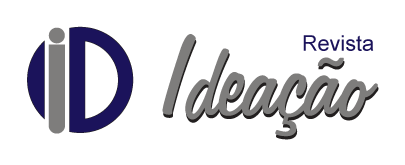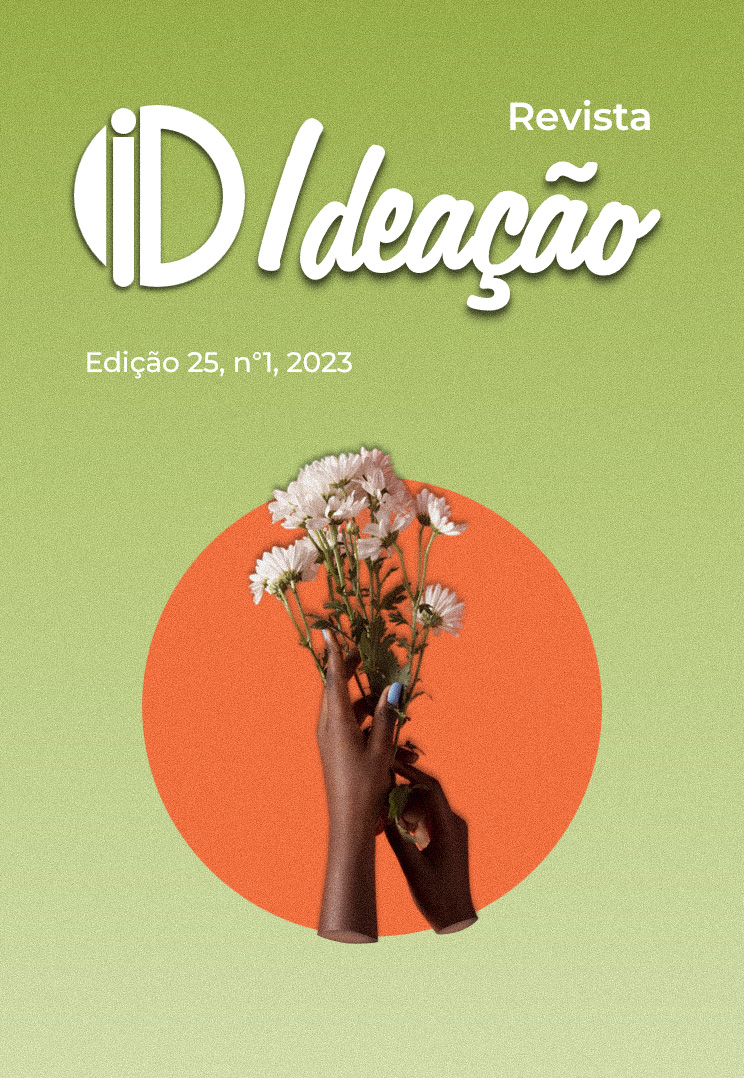ANÁLISIS DEL PAPEL DE LA CULTURA BRASILEÑA EN LA SECCIÓN DE INGLÉS DE LOS LIBROS DIDÁCTICOS DE LA EJA
DOI:
https://doi.org/10.48075/ri.v25i1.29614Palabras clave:
livros didáticos da EJA, representação da cultura brasileira, multiletramentosResumen
El objetivo de este trabajo es analizar qué concepto de cultura sustenta las actividades propuestas en la sección de inglés de tres libros de texto de la EJA producidos para los grados 6°, 7° y 8° de Enseñanza Básica por la Editora Moderna (2013) aprobados por el Programa Nacional de Libros de Texto. (Programa Nacional de Libros de Texto – PNLD). Para ello, analizamos cómo los géneros a lo largo de las unidades son utilizados como medio de acercamiento a la cultura brasileña, teniendo en cuenta los conceptos de lógica causal y/o lógica de la apariencia, propuestos por Fairclough (2003), así como la perspectiva de la cultura de vacaciones (1999). Los resultados del análisis mostraron que las unidades abordan el tema a través del lente de una perspectiva cultural amplia (HOLLIDAY, 1999), ya que perciben la cultura como una entidad étnica, basada únicamente en la nacionalidad. Dentro de esta visión, la cultura brasileña es representada a través de textos no auténticos en virtud de explorar la gramática, evitando actividades de interpretación de textos. En este sentido, los libros de texto vinculan las secciones de inglés a la lógica de la apariencia (FAIRCLOUGH, 2003). Los resultados revelan una perspectiva didáctica problemática, especialmente en lo que respecta a los estudiantes de la EJA, ya que los libros de texto analizados están destinados a jóvenes y adultos, quienes, a pesar de tener experiencias y opiniones, no son invitados a participar activamente en la discusión.
Descargas
Publicado
Cómo citar
Número
Sección
Licencia
Derechos de autor 2022 Direitos partilhados conforme licença CC BY-NC-SA 4.0

Esta obra está bajo una licencia internacional Creative Commons Atribución-NoComercial-CompartirIgual 4.0.
Política a respecto de publicaciones periódicas de libre acceso
Los autores que publican en esta revista están de acuerdo con los siguientes términos:
1. Los autores conservan los derechos de autor y conceden a la revista el derecho de primera publicación, y la obra se licencia simultáneamente bajo la Licencia de Atribución de Creative Commons, lo que permite que la obra se comparta con el reconocimiento de la autoría y la publicación inicial en esta revista.
2. Los autores están autorizados a asumir contratos adicionales por separado, para la distribución no exclusiva de la versión de la obra publicada en esta revista (por ejemplo, para publicarla en un depósito institucional o como capítulo de un libro), con reconocimiento de la autoría y la publicación inicial en esta revista.
3. Se permite y alienta a los autores a que publiquen y distribuyan su trabajo en línea (por ejemplo, en repositorios institucionales o en su página personal) en cualquier momento antes o durante el proceso editorial, ya que ello puede generar cambios productivos, así como aumentar el impacto y la citación del trabajo publicado (véase El efecto del acceso abierto).
Licencia Creative Commons
Esta obra está licenciada bajo una Licencia Internacional Creative Commons Reconocimiento-No comercial-CompartirIgual 4.0, que permite compartir, copiar, distribuir, exhibir, reproducir, en su totalidad o en partes, siempre que no tenga un propósito comercial y se citen los autores y la fuente.


